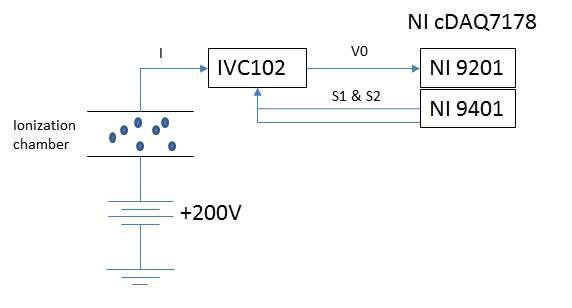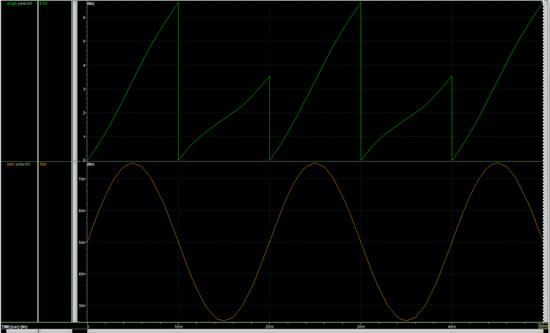I have acquired a BB IVC102 precision amplifier for detecting small currents originating from an ionization chamber.
In order to detect currents up to 100nA, I am integrating for 10ms before closing S2 for 10us and starting a new measurement. When I monitor V0 during 10 consecutive integration periods, the EVEN and UNEVEN voltage ramps are markedly different. For example, ramps 1-3-5-7-9 each reach 1V after 10ms, while ramps 2-4-6-8-10 each reach 0.65V.
The current provided by the ionization chamber is fairly constant and is certainly not expected to fluctuate with such a methodic behaviour, so I suspect this is a phenomenon introduced by the IVC102.
Any help explaining this behaviour would be greatly appreciated.
Thanks, Pieter



